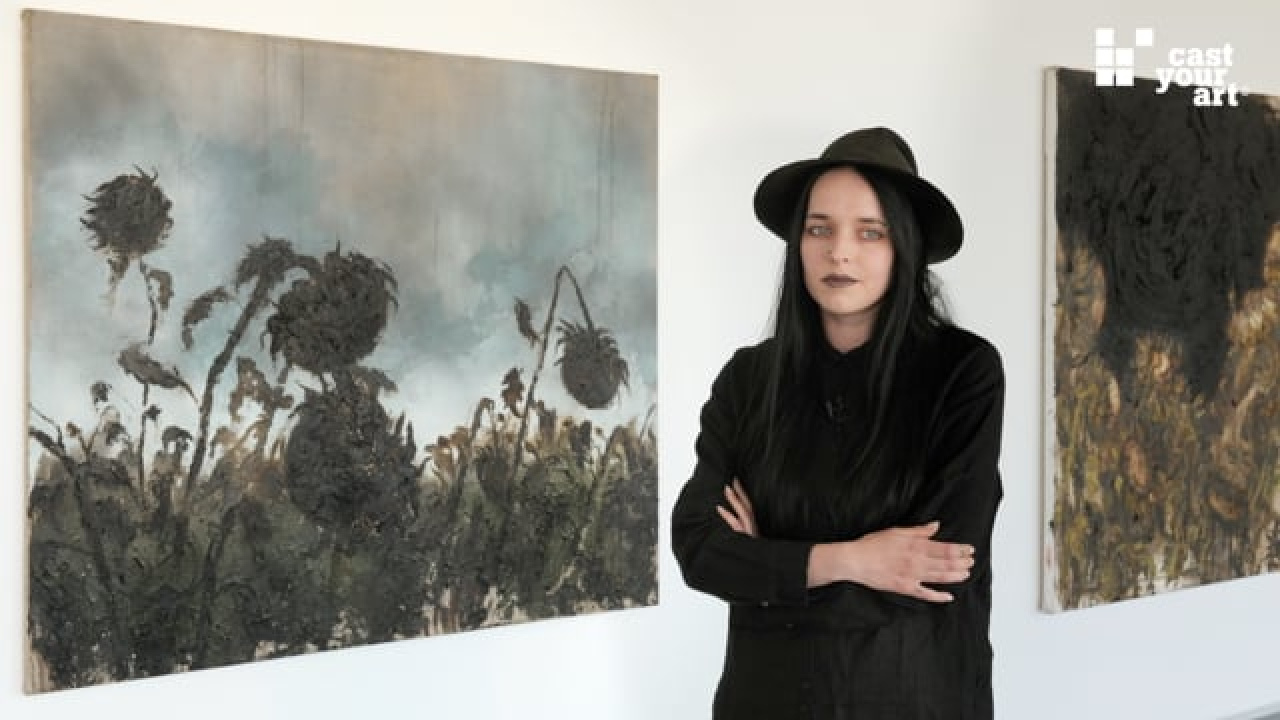Mirabilia, Furies and Curiosa - The Chamber of Curiosities at the Kunsthistorisches Museum in Vienna
“And if there ever was an age when one sees varied and wondrous things I believe that ours is one” (Mateo Bandello, 1554) This podcast was realised with the kind support of UNIQUA ArtCercles.
Miniatures made of ivory, rhino and narwhale horn. Ostrich eggs, symbols of power and resistance as the ancient mythology says the giant birds live on stones and iron. Seychelles nuts washed ashore on the Maldives. Bezoars, rocks found in the stomach of ruminant animals that are rumoured to dispel melancholy, composed in the finest art of metalworking. Arty watches, wondrous automatic machines, quadrants, astrolabes and other scientific instruments. The most bizarre monstrosities, Madonna figures and Dionysian satyrs standing in a row with mystic animals thrown out of the deepest oceans. Basins, goblets, bowls, cans, mugs, made of gold, polished with precious and semi-precious stones. An unbelievable mishmash, collected at numerous expeditions and trips to the most isolated and distant places on earth, passed on, inherited, bought and finally exhibited at the Ambrase court of prince Ferdinand II and at the specially for this occasion equipped premises of Kaiser Rudolf II, at the Hradschin in castle of Prague. The cabinet of curiosities and wonders of the renaissance rulers opens up a whole new world to the curious.
The displayed objects fascinate the viewer, cause amazement and inquisitiveness, and leave the impression of a long gone era. „In uno omnia.“ The view of the world of Athansius Kircher, scholar and founder of the first museum the Kircherianum at the Collegium Romanum, signalizes modern times not only by the immense amount of knowledge but also by power. The amazement should not only cause cognition and knowledge it should rather cause awe of the power of those who were able to pool it. The world as a micro cosmos within the chamber of curiosities represents the prince as the ruler of the world, explains Sabine Haag, an expert of the chamber of curiosities and managing director of the Kunsthistorisches Museum Vienna.
The chamber of curiosities in the renaissance, an early model of museums conflicts with the emerging modern time assertiveness because the basis of the presented knowledge was to stabilise power. The general orientation of the chamber of curiosities, a concentration of knowledge and amazement was seen as a handing down of traditional perceptions. Too much wonder and amazement can be negative, as it inhibits and perverts the use of mind, says René Descartes. The holistic perception had to give way to the analysis and the concept of differentiation. A major part, of the chamber of curiosities collection disappears; the rest is split and distributed to emerging special museums.
The two chambers of curiosities and wonders of prince Ferdinand II and Rudolf II, are brought together by the Kunsthistorisches Museum Vienna. In spring 2002 the collection was closed to the public and should reopen after a major restoration in spring 2012. The adjustment of the premises allows donators to become involved with the chamber of curiosities. For example, our partner UNIQUA sponsors the restoration of the Saliera saloon, named after the famous saltshaker of the Italian sculptor and goldsmith Benvenuto Cellini. CastYourArt, thanks to our partner UNIQUA, had the chance to take a look behind the closed doors of the chamber of curiosities and to hold an interview with Sabine Haag. (wh/ek)
Das könnte Sie auch interessieren

CLAUDE MONET. The Garden in Giverny
2. October 2018
THE BEGINNING. Art in Austria, 1945-1980. #9 Feminist Avant-Garde
23. October 2020
MARTIN NOËL. The Retrospective
19. December 2021
Mireille Binoux - Living Color
15. May 2014
Public Space - Consensus or Conflict?
19. October 0000
MUSA - Beauty Contest
1. March 2012
LIZA LIBENKO. Winner of a recognition prize of STRABAG Artaward International 2023
19. March 2024
